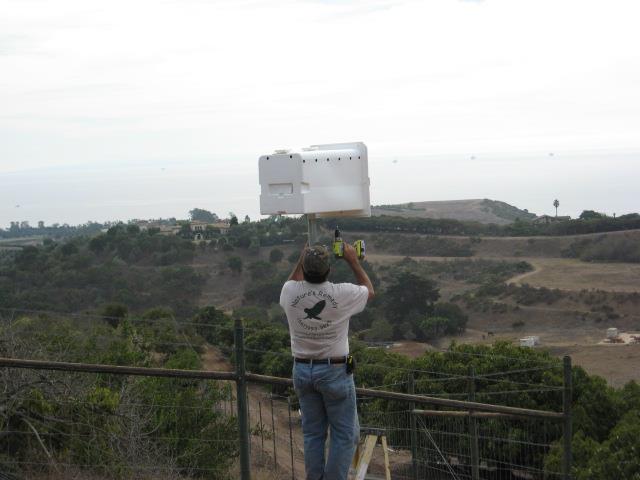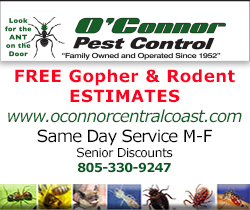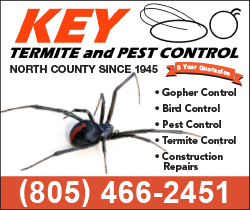Nature’s Remedy is providing safe habitat for barn owls while controlling rodents
 Did you know that one barn owl eats up to 1,000 rodents in one year? That’s an amazing statistic for ranchers, farmers, vineyard owners and homeowners; especially those who utilize sustainable practices on their property. Glenn Prichard, owner of Nature’s Remedy, provides safe habitats for barn owls as well as environmentally friendly and cost-effective means to control rodents. He observes that landowners in the North County are generally very concerned for the environment and wildlife natural habitats.
Did you know that one barn owl eats up to 1,000 rodents in one year? That’s an amazing statistic for ranchers, farmers, vineyard owners and homeowners; especially those who utilize sustainable practices on their property. Glenn Prichard, owner of Nature’s Remedy, provides safe habitats for barn owls as well as environmentally friendly and cost-effective means to control rodents. He observes that landowners in the North County are generally very concerned for the environment and wildlife natural habitats.
“Fortunately, people in this area show good stewardship over their land,” says Prichard. “My goal is to increase the number of barn owls on the Central Coast.”
Nesting boxes
Nesting boxes are relatively new additions to agricultural operations, beginning in the late 1980s when “sustainability” was becoming a new practice and integrated pest management was revolutionary. By luring barn owls with their natural hunting instincts, land owners are able to keep gophers, rats, field mice, voles and more from destroying precious crops. Since barn owls are excellent hunters, especially when feeding their owlets, there is no need for dangerous poisons to eradicate the rodents. With a serious infestation of pests such as gophers, more than one barn owl is needed and additional “safe” methods are necessary; specifically trapping the pests with environmentally suitable products.
Prichard covers a broad area from Monterey to Santa Barbara counties; installing nesting boxes and raptor perches. While the boxes are installed every 10 to 15 acres, raptor perches are placed in the middle of rodent colonies. The design and placement of the boxes is critical to survival of the barn owls; ideally on top of a platform on a free-standing pole. Properly designed boxes determine the number of eggs laid and prevent the owlets from falling to the ground and being killed by predators. Since barn owls don’t have a long life span, protecting the adult breeding population as well as the owlets is an important component of Glenn’s conservation effort.
Educating property owners
Overall, the barn owl population is decreasing due to the destruction of natural habitats with commercial, residential and agricultural development, increased traffic, substandard nesting boxes, and the prevalence of poisons and rodenticides. Along with installing the boxes and perches, Prichard educates property owners about the dangers of using poisons and rodenticides that can kill domestic animals and other wildlife while attempting to eradicate the destructive pests.
Prichard describes his work as “fulfilling and exciting” as he travels throughout Central California; working with down-to-earth practical people that also care about the environment and wildlife conservation.
“I’ve had a love for animals all my life,” says Prichard. “I rescue and transport animals for Pacific Wildlife Care and I see the effect of poison and encroaching development on hawks, owls and other animals. The success of my work through Nature’s Remedy has led to inquiries by cities in other regions in California to establish barn owl nesting box programs in their communities.”
For more information contact Glenn Prichard at (805)712-8609 or via email at naturesremedy42@gmail.com.









